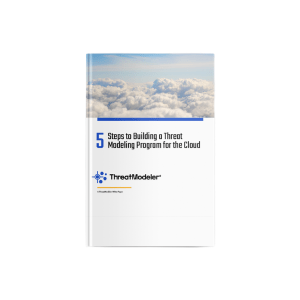As organizations migrate to the cloud more than ever, they recognize the importance of proactive security in the design stage. The need for a threat modeling program for cloud environments becomes imperative.
Threat Modeling has emerged as a practice vital for ensuring a secure technology development life cycle. Threat modeling provides DevOps with a deeper contextual understanding of their assets, their attack surface, attack paths and security controls needed to mitigate threats.
ThreatModeler empowers teams to engineer security into the design phase of any system, application, or process, yielding better-educated security decisions that they can communicate widely. Additionally, automated threat modeling enables organizations to achieve compliance with policies or regulatory frameworks.
ThreatModeler empowers teams to engineer security into the design phase of any system, application, or process, yielding better-educated security decisions that they can communicate widely. Additionally, automated threat modeling enables organizations to achieve compliance with policies or regulatory frameworks.

ThreatModeler simplifies the creation of new threat models in just one click with an easy-to use interface, sophisticated diagramming and automation in AWS and Azure (GCP on the way). Moving security earlier into the design process results in a more secure product, saving money because you won’t have to re-engineer for security later.
You can build a threat modeling program for the cloud in 5 steps.
In this white paper, discover how to build a secure, accurate and consistent threat modeling process for the cloud, including:
- Building threat models from pre-defined templates of various AWS and Azure architectures or creating a threat model using a wizard plugin in minutes.
- Understanding the controls required to mitigate threats and manage overall risk exposure.
- Scaling the threat modeling process across their entire DevSecOps portfolio.
DOWNLOAD OUR FREE WHITE PAPER:
ThreatModeler's 5 Steps to Building a Threat Modeling Program for the Cloud
